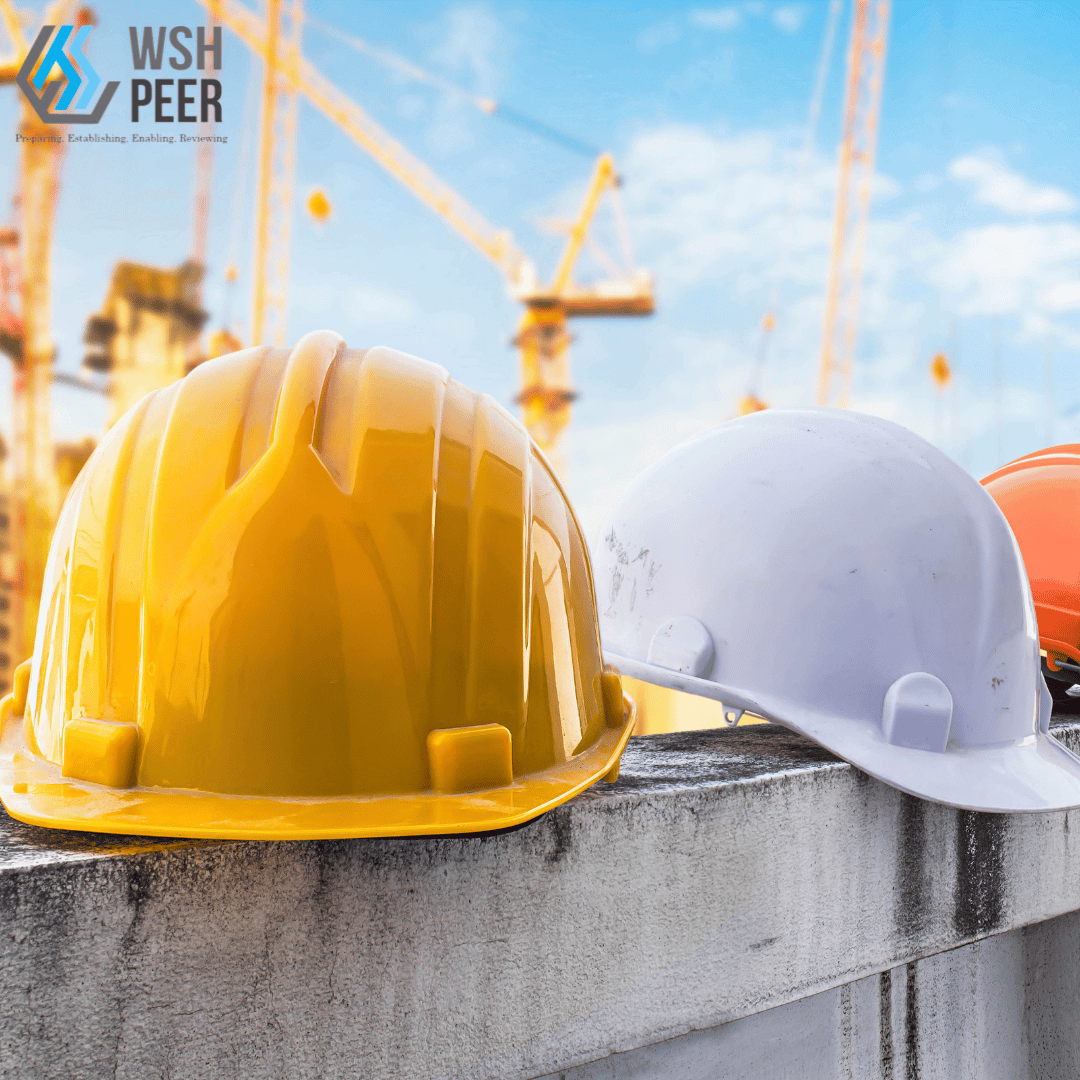Lifting operation carry significant risks for both personnel and equipment. If mishandled, they can result in substantial costs for companies. Thus, it is crucial to plan and organize lifting operations in advance to ensure they are conducted safely.
Involving skilled and knowledgeable personnel who understand the work and the necessary lifting equipment, as well as relevant laws, is always best.
This article presents key tips for safely planning and organizing lifting operations. First, let’s define what lifting operations entail and discuss some common equipment used.
What Is a Lifting Operation?
A lifting operation involves lifting, moving, and lowering a load, which can include items, materials, or people. In industrial settings, lifting operations typically involve transporting materials from storage to processing areas.
Lifting can be done manually or with the help of specialized equipment. The latter includes machinery used for lifting or lowering loads, with accessories and attachments for anchoring, fixing, or supporting the equipment.
Common lifting equipment and accessories include:
- Hoist: Used for lifting or lowering a load with a drum or lift-wheel around which a rope or chain is wrapped. It can use chain, fiber, or wire rope as the lifting medium.
- Crane: Moves loads horizontally, equipped with a hoist rope, wire rope, and sheaves to lift or transport heavy loads.
- Hook: Attaches loads to lifting equipment like a crane or hoist. Some hooks have a safety latch to prevent disengagement of the lifting wire rope sling or chain.
- Sling: Made of cable, chain, rope, or webbing, slings are used with a lift or crane for lifting and balancing the load. They typically include metal devices like hooks, shackles, links, or rings, labeled by type, working load limit (WLL), and length.
- Shackles: Connect lifting equipment to the load, with main types being “D” shackles and bow (Omega) shackles.
It is necessary that lifting operations are safe. Doing that will prevent a variety of risks that could endanger people or result in damage to property:
1. Load-related hazards
They may either result from loads that move and fall off cranes or vehicles that were in motion during lifting operations while others include cases where inappropriate slings are used and those where slings are not used properly.
2. Platform-related hazards
Such risks include falling loads from raised platforms or items getting crushed when the platform is moving.
3. Structural and vehicular hazards
Collapsing structures or moving vehicles due to improper fixation, overloads, or misuse of machinery
Result from tension produced by working in awkward positions, repetitive actions while working or even heavy lifting
5. Unsafe environments
Communication can be difficult when there is bad air circulation or too much noise due to distractions caused by such conditions
Contact with open overhead electrical cables
Some of these hazards may result from:
- Poor mechanical design
- Poor workplace design or maintenance
- Malfunctioning signaling systems
- Misjudging lifting equipment capacity
- Improperly secured loads
- Irregular inspections
- Human error
Safety Lifting Operation
At the very beginning of making lifting operations safe, it is essential to undertake a thorough daily check and maintain proper records. By following these precautions, we can prevent mishaps, save time through increased productivity, and protect our staff from risks. Adhering to this policy ensures smooth operations, such as preventing vehicle breakdowns during transportation by sea. Clear distinctions in responsibilities and charges promote good conduct within companies. The following are the Safety Lifting Operation components that can be carried out at your project site:
- Documentation: Verifying the operator’s certifications, safe working loads, and load charts.
- Logbooks: Checking the crane’s operation and maintenance records to ensure everything is up to date.
- Physical Condition: Inspecting key components like limit switches, wire ropes, pulley systems, and structural parts.
- Safety Equipment: Ensuring all safety measures, such as locks, safety signs, and personal protective equipment (PPE), are in place.
The checklist is documentation on the inspection of the crane access. The inspection enforces on essential details such as the construction of the crane access in accordance with the design & calculation of certified personnel, proper demarcations are in place, environmental threats are sufficiently negated and supporting tools such as barriers and safety signs are in place.
The crane access inspection checklist ensures that the access points to the crane are safe and compliant. It focuses on:
- Construction Compliance: Confirm that crane access is built according to certified designs and calculations.
- Safety Measures: Checking for proper markings, environmental safety, barriers, and safety signs.
The lifting operation checklist makes sure all necessary documents and pre-lifting checks are completed before any work begins. It includes:
- Documentation: Verifying that machinery certificates, relevant permits, and prerequisite documents are in order.
- Pre-Lifting Checks: Inspecting machinery maintenance history, lifting gear, environmental conditions, communication readiness, and the availability of supporting tools.
The lifting plan checklist provides a detailed outline of the entire lifting operation, broken down into four main parts:
- General Information: Details about the project, location, company, type of lifting operation, date, time, and the names of endorsers and approvers.
- Equipment Details: Information on the lifting machines, gear, load weights, lengths, and safety standards.
- Communication Plan: How communication will be managed during the lifting operation.
- Attachments: Essential documents like machinery and personnel certifications, plan views, lifting point diagrams, and crane diagrams.
Incorporating PEER solutions and implementing stringent safety measures enables organizations to uphold their commitment to workplace safety, protect employees, and ensure smooth operations for lifting equipment. This proactive approach not only reduces risk but also enhances performance and ensures compliance with rules and regulations.





